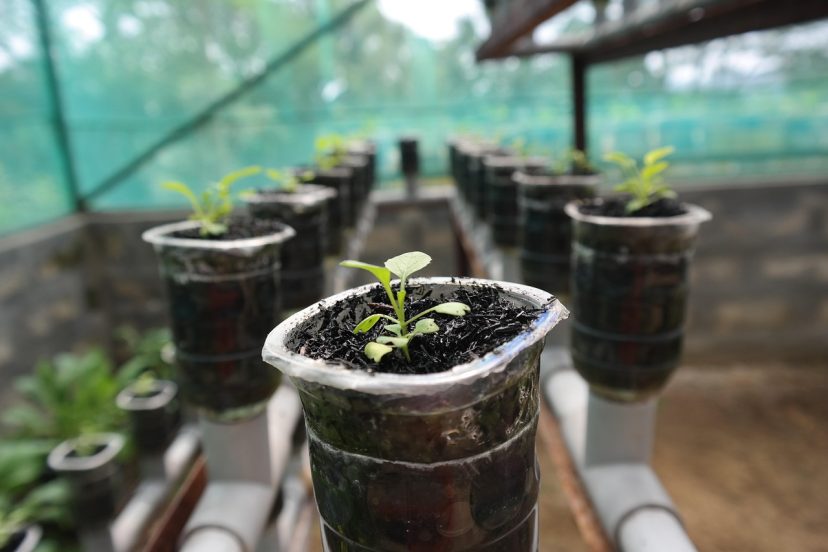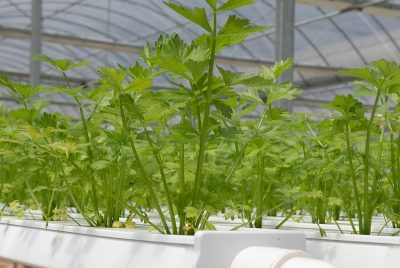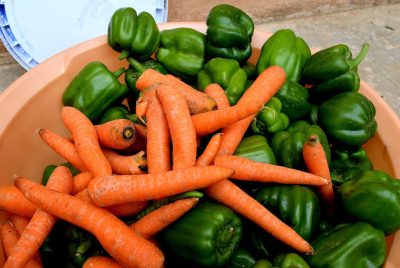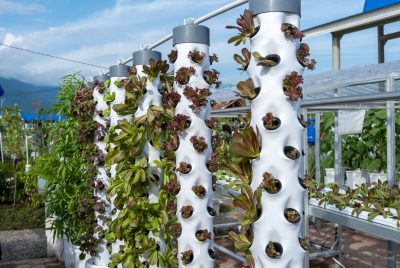Hydroponic Greenhouse
Have you ever considered how you could grow fresh plants without using soil? The world of hydroponics offers an innovative solution that allows you to cultivate a variety of plants in a controlled environment. That’s where the hydroponic greenhouse comes into play, blending the benefits of both greenhouse gardening and hydroponic systems.
What is a Hydroponic Greenhouse?
A hydroponic greenhouse combines the principles of hydroponic gardening and traditional greenhouse cultivation. Instead of soil, plants are grown in nutrient-rich water solutions, which allows for rapid plant growth and higher yields. Within a greenhouse setting, you can control temperature, humidity, light levels, and other factors to create the perfect conditions for plant development without relying on soil as a growing medium.
Benefits of a Hydroponic Greenhouse
1. Increased Crop Yields
One of the primary advantages of a hydroponic greenhouse is the increased crop yield it offers. Plants grown hydroponically can grow faster and produce more fruit or leaves than soil-grown plants. With proper management, this system can create optimal conditions for growth, leading to a more productive harvest.
2. Water Efficiency
Hydroponic systems are known for their efficient use of water. Since the plants absorb nutrients directly from the water solution, the amount of water used is significantly less compared to traditional growing methods. In a hydroponic greenhouse, recycled water systems can further enhance efficiency, making it an eco-friendly option.
| Method | Water Usage | Efficiency |
|---|---|---|
| Soil-based | High | Lower |
| Hydroponic | Low | Higher |
3. Space-Saving
You may find that hydroponic greenhouses use vertical space wisely. As plants are often grown in stacked systems, you can cultivate more plants in a smaller area. This makes it particularly advantageous for urban gardeners or those with limited outdoor space.
4. Year-Round Production
In a hydroponic greenhouse, you can manipulate the environment to promote year-round production. By controlling lighting, temperature, and humidity, you can grow crops regardless of the season, enabling you to enjoy fresh produce all year long.
Different Hydroponic Systems
There are several types of hydroponic systems, each with its unique benefits and applications. Here’s a closer look at some of the most popular hydroponic methods you can use in your greenhouse.
Nutrient Film Technique (NFT)
In the NFT system, a thin film of nutrient-rich water flows continuously over the roots of the plants. This method provides plants with essential nutrients while maintaining high oxygen levels at the root zone, promoting quick growth.
- Pros: Efficient water use and minimal nutrient waste.
- Cons: Requires a steady flow of water, which means if there’s a disruption, plants can suffer.
Deep Water Culture (DWC)
The DWC method keeps the plant roots submerged in a nutrient solution, oxygenated by air stones or diffusers. This setup promotes healthy root growth and is relatively straightforward to maintain.
- Pros: Excellent for fast-growing plants like lettuce.
- Cons: Needs regular monitoring to prevent algae growth.
Ebb and Flow (Flood and Drain)
The Ebb and Flow system alternates between flooding and draining. A pump floods the growing area with nutrient solution and then drains it back into a reservoir, allowing the roots to absorb nutrients and oxygen.
- Pros: Promotes healthy root growth and prevents over-saturation.
- Cons: Timing and pump failure could impact plant health.
Aeroponics
In aeroponics, plants are suspended in air and their roots are misted with a nutrient solution. This technique uses very little water and allows for maximum oxygenation of the roots.
- Pros: High growth rates and efficient use of space.
- Cons: More complex to set up and maintain.
Wick System
In this passive hydroponic method, a wick draws nutrients from a reservoir up to the plants. Although simple, the wick system typically does not provide as much oxygen to the roots.
- Pros: Low maintenance and simple design.
- Cons: Limited to smaller plants, as it may not deliver enough nutrients for larger crops.
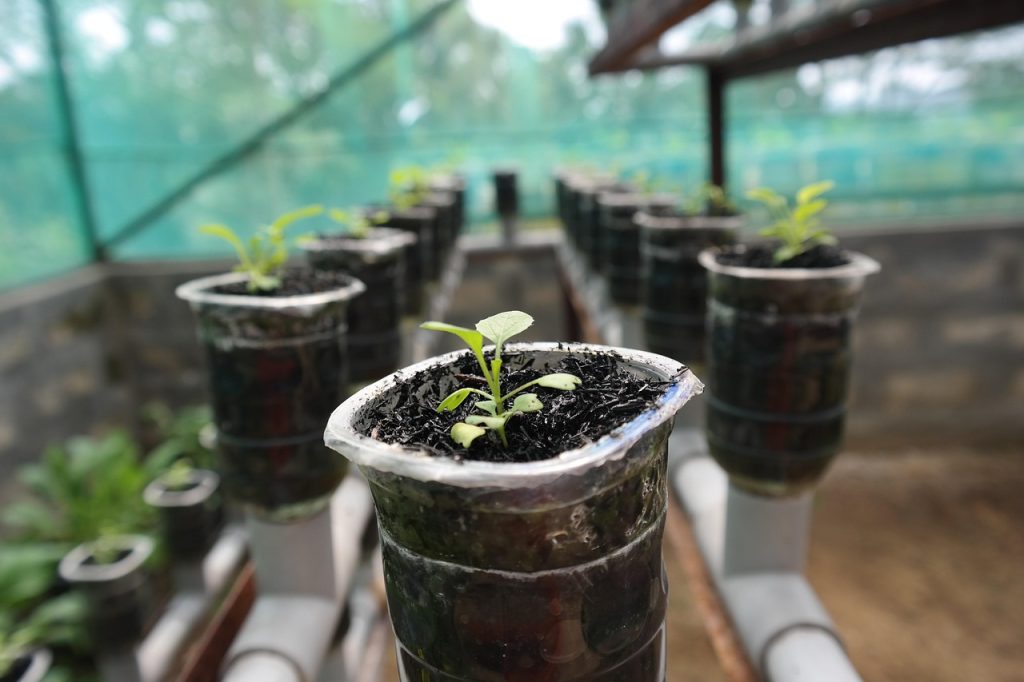
This image is property of pixabay.com.
Setting Up Your Hydroponic Greenhouse
Establishing a hydroponic greenhouse can be an exciting venture. Here are some key considerations to keep in mind when setting up your system.
Location Selection
The first step is choosing the right location for your hydroponic greenhouse. Consider sunlight exposure, accessibility to water sources, and protection from harsh weather. A spot with good natural light or where you can supplement lighting will enhance your growing conditions.
Choosing the Right Greenhouse Structure
There are various types of greenhouse structures available, such as:
- Tunnels: Typically less expensive and easier to set up, but may require additional support for hydroponic systems.
- Freestanding Commercial Models: These structures can offer better climate control and durability.
- Home Kits: Smaller greenhouse kits are available for hobbyists looking to start small.
Essential Equipment
Your hydroponic greenhouse will need several pieces of equipment to function optimally:
- Growing Containers: The containers you choose will depend on your hydroponic method. Options include buckets for DWC or troughs for NFT.
- Nutrient Delivery System: Pumps and reservoirs are critical for circulating nutrient solutions.
- Lighting: Consider high-efficiency LED grow lights to supplement natural sunlight.
- Climate Control: Invest in fans, heating systems, and exhaust systems to maintain optimal climate conditions inside the greenhouse.
Water Source and Quality
Water quality is crucial for hydroponic growing; ensure you have access to clean, pH-balanced water. You may need to invest in water testing kits and filtration systems to ensure your plants thrive.
| Element | Ideal Levels |
|---|---|
| pH | 5.5 – 6.5 |
| Electrical Conductivity (EC) | 1.0 – 3.0 mS/cm (varies by crop) |
| Oxygen Content | Above 5 mg/L |
Nutrient Solution
Creating the right nutrient solution is key to your crops’ success. You can either purchase pre-mixed solutions or create your own. Be sure to understand the nutrient requirements of the specific plants you plan to grow, as different crops have different needs.
Choosing Plants for Your Hydroponic Greenhouse
Selecting the right plants is essential for a successful hydroponic greenhouse. Generally, leafy greens and herbs are among the easiest and most rewarding crops to start with.
Popular Hydroponic Plants
- Lettuce: Fast-growing and adaptable, making it a great choice for beginners.
- Herbs (such as basil and mint): Thrives in hydroponic systems and is highly nutritious.
- Tomatoes: Higher yields are possible in a controlled environment, although they may require more maintenance.
- Cucumbers: Excellent for vertical growing; these plants can produce abundantly in hydroponic setups.
Understanding Plant Needs
Each plant species has specific growth requirements. Research the light, temperature, and nutrient needs of your chosen crops to ensure they thrive in your system.
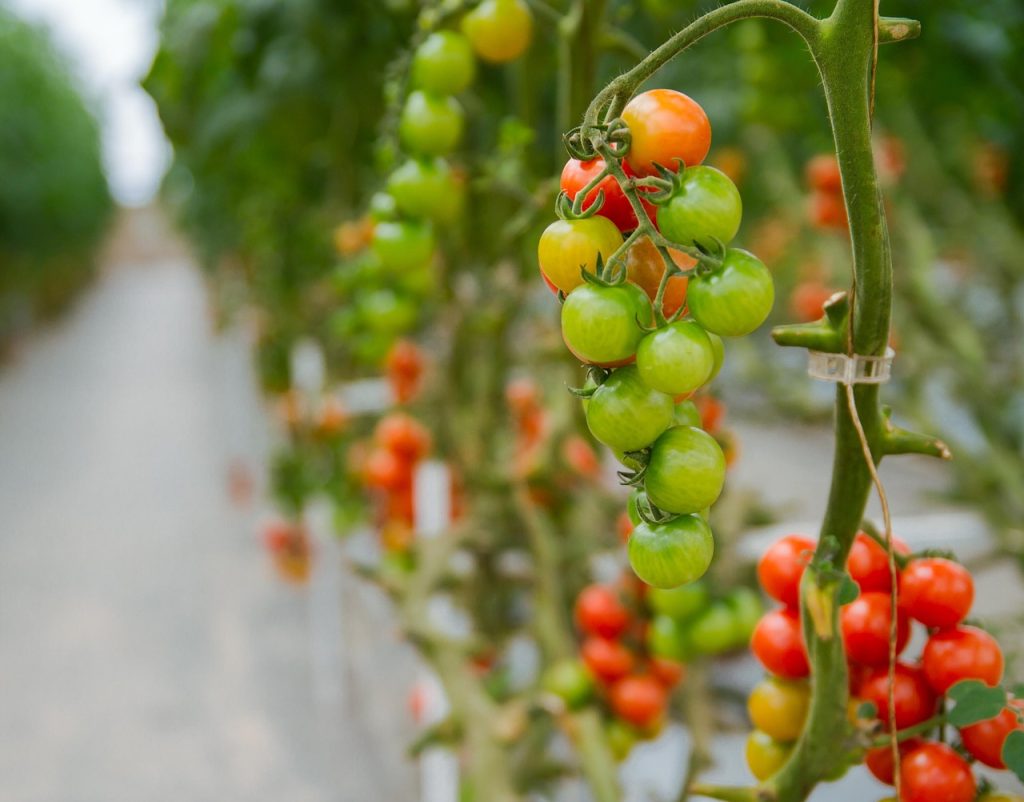
This image is property of pixabay.com.
Maintenance and Troubleshooting
Regular maintenance is crucial to keep your hydroponic greenhouse running smoothly. Keeping a checklist can help you stay organized and on top of various tasks.
Daily Tasks
- Check water levels: Ensure your reservoirs have sufficient nutrient solution.
- Inspect plants: Look for any signs of pests or diseases.
- Monitor environmental conditions: Keep tabs on temperature and humidity.
Weekly Tasks
- Clean System Components: Regularly clean pumps and tubes to prevent algae growth and blockages.
- Check Nutrient Concentration: Adjust levels as needed based on plant growth stages.
Common Issues and Solutions
Nutrient Deficiencies: If you notice yellowing leaves, it could be a sign of nutrient deficiencies. Conduct a quick test of your nutrient solution and adjust accordingly.
Pest Problems: Regularly inspect plants for pests. You can introduce beneficial insects or use organic pest deterrents to help manage any outbreaks.
Algae Growth: If algae is present, reduce light exposure to your reservoir and ensure adequate water circulation. Cleaning components regularly can also help prevent this issue.
Sustainability and Hydroponics
As the world becomes more environmentally conscious, hydroponic greenhouses stand out as a sustainable growing method. Here’s how hydroponics contributes to sustainability:
Reduced Land Use
Since hydroponics can produce higher yields in smaller areas, less land is needed for agricultural purposes. This can help preserve natural ecosystems while ensuring food production continues.
Lower Water Usage
As mentioned, hydroponics use significantly less water than traditional agriculture. In areas where water scarcity is an issue, this method can provide much-needed solutions.
Minimal Transportation Footprint
By growing produce locally, you can reduce the carbon footprint associated with transporting food long distances. Your hydroponic greenhouse can supply fresh crops directly to your community, leading to fresher produce and fewer emissions.
Organic Options Available
Hydroponic systems can be run using entirely organic practices. Utilizing organic nutrients and pest control methods allows you to grow crops that are not only sustainable but also chemical-free.
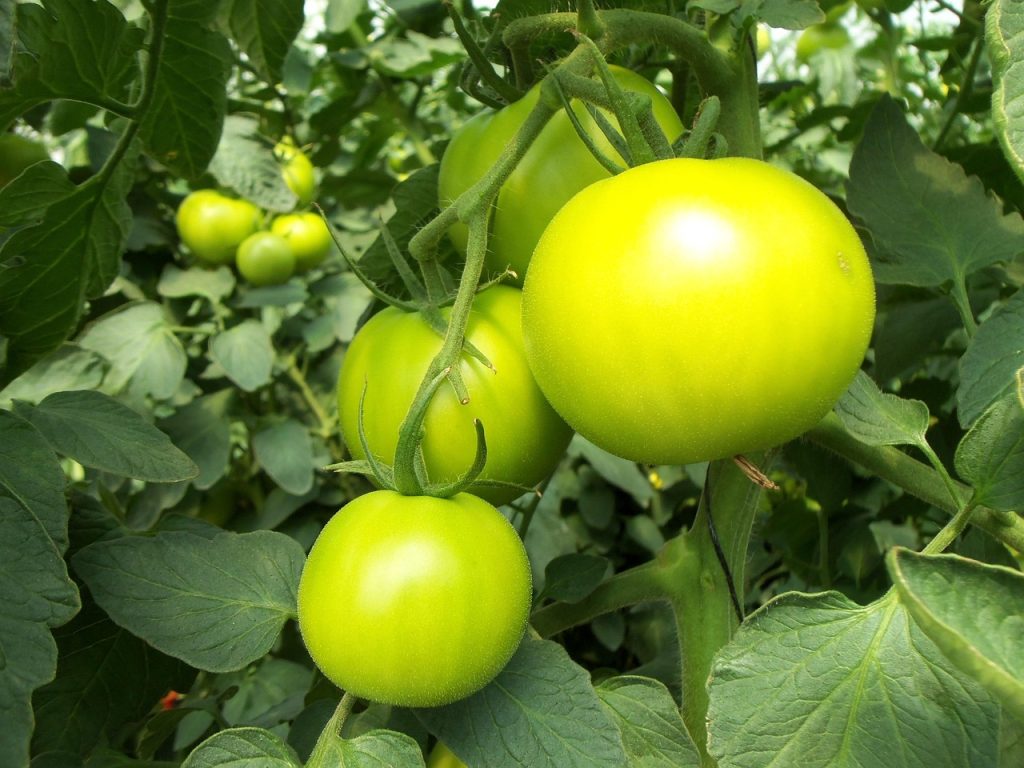
This image is property of pixabay.com.
Conclusion
Starting a hydroponic greenhouse can open up a world of possibilities for you as a gardener. With the right knowledge and equipment, you can enjoy fresh crops year-round while contributing to sustainable agriculture. Whether you’re new to gardening or looking to expand your growing techniques, consider the benefits and potential of hydroponically grown plants.
As you embark on your hydroponic journey, remember that the key is to learn through the process. Don’t hesitate to experiment with different systems, plants, and techniques until you find what works best for you. Happy growing!

